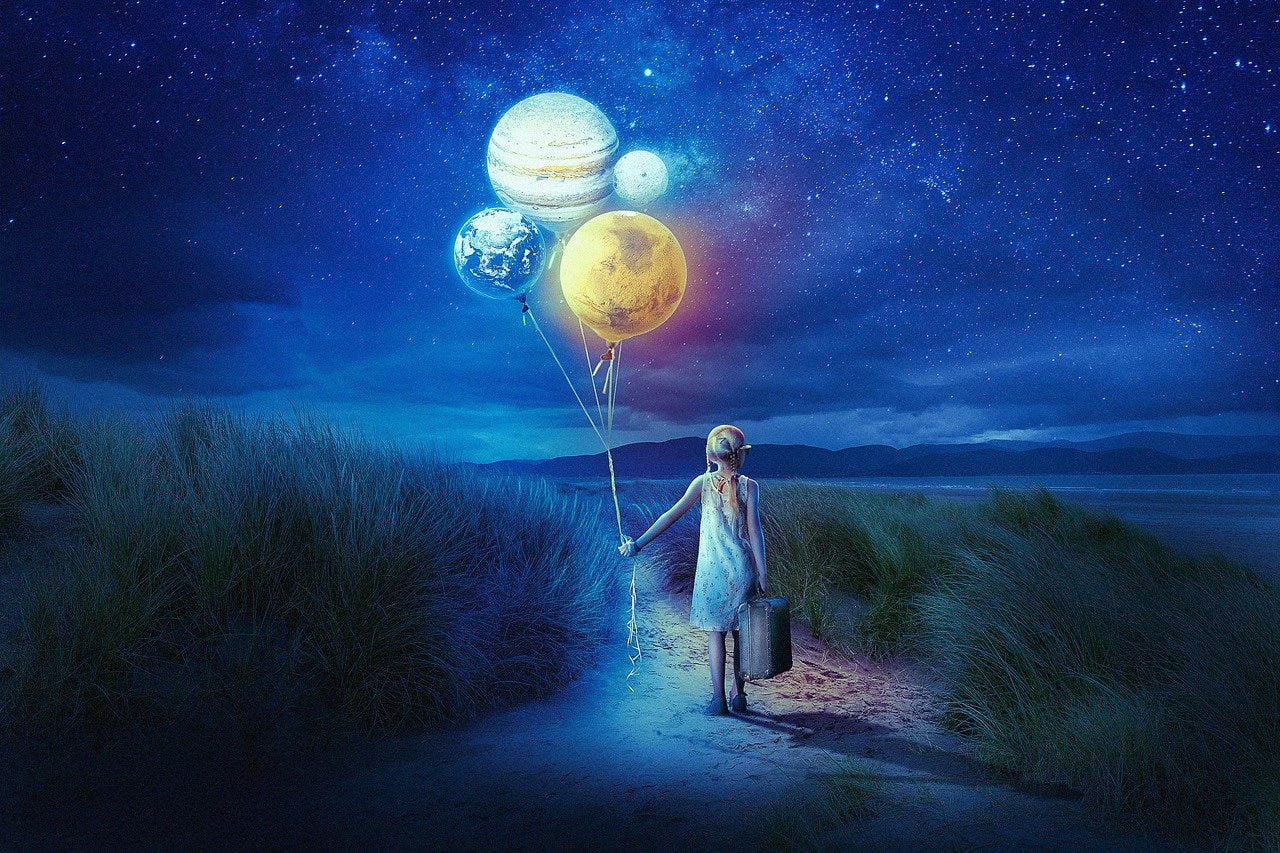When Science Becomes Sacred: Awe, Universal Consciousness, and the Cosmic Revelation of the James Webb Space Telescope
These aren’t just scientific discoveries—they’re portals to awe, reminding us that we live within a vast, vibrant cosmos in which everything is connected.

Something deeply sacred is unfolding in the images returned by the James Webb Space Telescope (JWST). These aren’t just scientific discoveries—they’re portals to awe, reminding us that we live within a vast, vibrant cosmos in which everything is connected.
The JWST captured CEERS‑2112, a barred spiral galaxy that formed just two billion years after the Big Bang, remarkably similar in structure to the Milky Way. It’s the earliest known example of this galaxy type, overturning theories that such complex structures take eons to evolve. It may well provoke a deep rewrite of cosmic origins.
But beyond archeology of the universe, these images evoke something more profound: awe. A Stanford report captures it beautifully: astronomer Zeeshan Ahmed said, “You can’t contain it in your head. I think this is true for everybody — I mean, scientists are human still.” Even scientists are stunned by Webb’s imagery: neurosurgeon James Doty speaks of “melting into” the immensity, of transcending the ego and experiencing unity.
This experience—ineffable, boundary-dissolving—is foundational to universal consciousness. It transcends religious frameworks, inviting each of us to taste our own cosmic belonging. As Claire Isabel Webb wrote in Aeon, “discoveries of the James Webb Space Telescope will ripple through our moral universe.” When our perception of cosmos expands, so does our moral and spiritual life.
The images themselves—galaxy clusters, stellar nurseries, infrared tapestries—are modern sacred icons. Each one whispers, “You belong.” Each one reminds us that consciousness is woven into cosmic evolution, not clinging to mortality.
Science and spirit meet here. Mystics across time — and people (like me) who have experimented with psychedelics in sacred settings — have described the “still point” where the personal self dissolves into the all. Modern physics echoes that: part of us is, as my spritual mentor Gottfried Müller used to tell me, the universe observing itself.
The universe doesn’t just house life: it births and unfolds it via emergent processes that self-reflect as awareness. JWST doesn’t just show stars; it shows us becoming conscious.
This perspective reshapes our relationship with Earth and others. When you glimpse the Children’s Web of galaxies or CEERS-2112’s spiral arms twirling in space, you remember: the same life-force animates galaxies, trees, humans. Einstein once said, “A human being is a part of the whole, a part limited in time and space.” JWST reawakens that humility and wonder. Feeling small becomes a doorway to feeling profoundly involved.
Ethics too become cosmic. What we do on Earth sends ripples all the way outward. Universal consciousness means no exploitative hierarchy, only responsibility. Just as these stellar structures take billions of years to unfurl, so must our care for this planet and each other unfold in deep time.
This isn’t cliché; it’s pragmatic. Scholars find that experiencing awe boosts compassion, honesty, and environmental awareness. When people feel small in the vastness, they feel collective. And that is the seedbed for collective healing.
We are in a moment where grand metaphors meet empirical insight. “The cosmos is the new cathedral,” writes cultural historian Melissa DeWitte, arguing that cosmic awe connects disciplines and elevates our shared humanity. Indeed, JWST isn’t just for astrophysicists: it’s for artists, contemplatives, activists. It’s for anyone moved by images that say, “This is us. This is the mystery.”
So how can we live into this cosmic sacredness? Here are a few simple invitations:
— Pause daily with a cosmic image—a flare of humanity in the abyss—and sit with your breath. Let it expand.
— When you see a spiral galaxy or nebula, or just the stars in the sky (many of which are actually galaxies themselves), whisper “thank you” out loud or silently. Gratitude reconnects.
— Treat Earth as sacred: every act of kindness, every tree planted, is prayer in motion.
— Share awe. It transcends belief; there is no doctrine necessary. In awe we are simply humans witnessing wonder.
JWST shows us two cosmic truths: life arises, often unexpectedly, in a universe vast beyond comprehension; and when it does, it becomes capable of beauty, awareness, reflection.
That is no accident. It is the universe discovering itself.
The telescope is our new temple. The cosmos is our new scripture. And we are—each of us—both questioner and answer.



